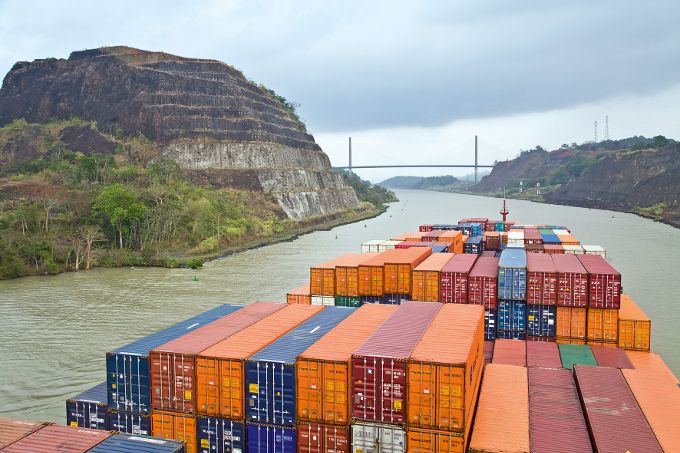Freight rates in maritime transport grew 18% in 2020

Freight rates, measured by the China Composite Freight Index (CCFI), were on average 18% higher in 2020 compared to 2019.
While global supply and demand were broadly balanced, the unprecedented pickup in demand in major freight operations such as Asia-US in the second half of 2020, coupled with shortages of ships and equipment and bottlenecks throughout the supply chain supported freight rates, according to Maersk.
Freight rates from Asia to the west coast of the United States increased 28% and those from Asia to the east coast of the United States increased 18 percent.
Freight rates also rose in the Asia to Northern Europe operations, albeit at a more moderate rate of 13%, but strengthened by 23% from Asia to Mediterranean Europe.
From Maersk‘s perspective, uncertainties related to the strength of container demand continue to pose a risk to the evolution of freight rates in 2021, including the normalization of the situation with a shortage of vessels and equipment and bottlenecks throughout the supply chain experienced in the latter part of 2020.
Freight
Towards the end of 2019, the industry shift to 0.5% sulfur fuel oil amid a tense and nervous market pushed prices for low-sulfur fuel oil higher.
High sulfur fuel oil prices in Singapore and Rotterdam therefore declined 33 and 29% from 2019 to 2020, respectively, as market supply and demand dynamics calmed down and the pandemic spread. worldwide, averaging USD 273/tonne and USD 248/tonne in 2020.
Similarly, low-sulfur fuel oil prices fell 34 and 37% in Singapore and Rotterdam from 2019 to 2020, averaging USD 371/tonne and USD 329/tonne, respectively.
Marine diesel prices with less sulfur 0.1% S followed the downward trend, falling 35% to USD 390 / tonne in Singapore and 35% to USD 367/tonne in Rotterdam in 2020 during 2019.
Covid-19
Maersk said that fuel oil prices have not fallen as dramatically as the rest of the refined petroleum products in light of the destruction of demand by the global pandemic and are supported by the strong and robust container shipping industry.
Singapore strengthened its position as the world’s largest bunker port, and its total bunker sales increased by 5% in 2020 amid a global pandemic and economic recession.
Meanwhile, bunker prices have experienced an extremely volatile period last year at the crux of the Covid-19-induced pandemic.
The difference between the 0.5% low sulfur fuel oil and the 3.5% high sulfur fuel oil differential, also known as hi5, has plummeted dramatically since the beginning of the year, but there are signs that the differential could pick up in 2021 and Singapore will continue decreasing.
![]()

